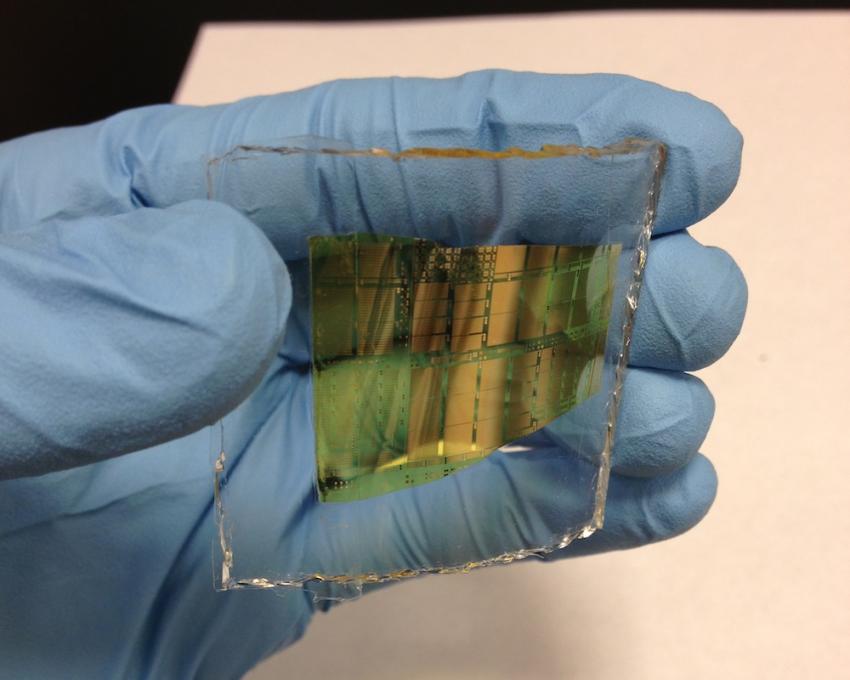Silicon Has a Circuit Partner in Carbon Nanotubes

After having ruled the electronic industry for the last many decades, the silicon circuits finally have a partner in Carbon Nanotubes. Researchers at the USC Viterbi School of Engineering have published a paper in the journal Nature Communication. They have figured out the technique that could make more flexible and energy efficient circuits.
The result can be achieved by combining carbon nanotube thin film transistors with other thin film transistors. This resultant hybrid could even replace silicon as a transistor material for electronic chips. These carbon nanotubes are more transparent, flexible, and are processed at a lower cost. Also, they will help to make a new generation of flexible devices too.
The process involves the integration of carbon nanotube (CNT) thin film transistors (TFT) with thin film transistors comprised of indium, gallium and zinc oxide (IGZO). The IGZO gives strengths to the nanotubes where they lack; CNT is not energy efficient; IGZO’s integration gives it that ability and also helps it to increase battery life.
Lead electric engineering professor Dr. Chongwu Zhou calls it “the perfect marriage” almost like Yin and Yang.
As mentioned earlier, there are enormous practical applications of this form of circuitry. Technologies like including digital circuits, Organic Light Emitting Diodes (OLEDs), radio frequency identification (RFID) tags, wearable electronics, and flash memory devices will get a huge boost with this kind of circuitry. Even heads-up displays on vehicle dashboards like the one that was seen in Mission Impossible 4 will also be a possibility. Medical sensors can also be upgraded with this innovation.
The applications are unlimited, just like the silicon circuits created the modern economy of the last century, the Carbon Nanotube can be the technological revolution that this century deserves.

























 ! For i
! For i

